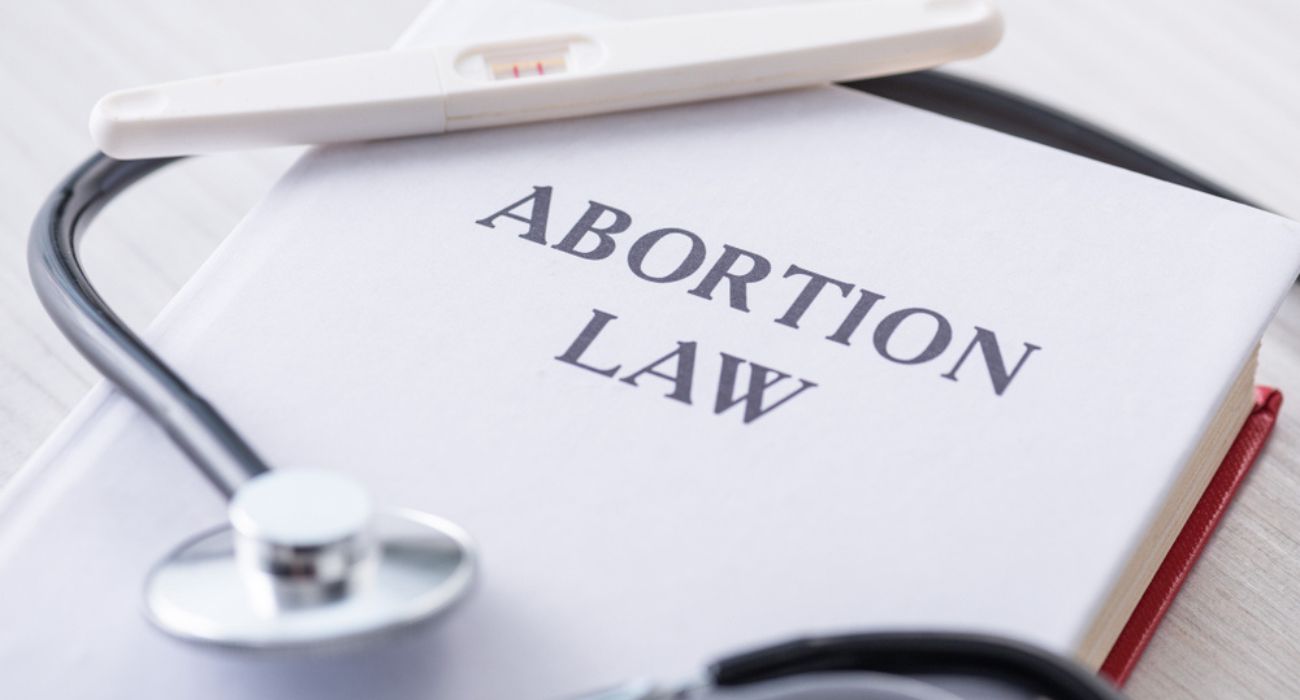There is one issue that has seemingly transcended all the standard rules of politics in 2023 and has forced both parties to reframe their approach to campaigning and elections: Abortion.
While abortion is a polarizing issue in American politics, what drives the far wings of the political parties to these extremes is how voting has become a referendum on this right in the past year.
On June 24, 2022, the U.S. Supreme Court overturned Roe v. Wade, which, as Nina Totenberg and Sarah McCammon said, “…declaring that the constitutional right to abortion, upheld for nearly a half century, no longer exists”.
For a long time, many scholars and legal professionals regarded the landmark case as a compromise between pro-life and pro-choice activists. The ruling declared that abortion fell under the Fourteenth Amendment and was deemed a right related to privacy. However, the government could regulate it according to fetal viability. You could access abortion in all fifty states, but the rules and level of access varied. Nevertheless, with the overturning of Roe v. Wade, the right to abortion was given to the states to decide.
Both political parties have had a history of choosing one side or another, with the Republican Party being most well-known as a “Pro-Life” party and the Democratic Party being most associated as the “Pro-Choice” party. In the past, both parties have been able to hold extreme political positions on the right to abortion without it ever becoming a legislative issue because it was enshrined in law. However, in this post-Roe era, those politicians’ positions could become the new norm and change the nature of American rights, meaning they have to maintain an electable view on abortion.
Returning to the previous 2023 elections, it was apparent that abortion would be a considerable ticket item for many state-level campaigns and that many of these approaches could influence primary elections in 2024. Here are three lessons that both parties could learn and take back to the drawing board regarding abortion.
One: Democrats need to capitalize on abortion whenever possible. Here is the bottom line: There is no America that exists where citizens of the U.S. would want to ban abortion altogether. In a recent abortion poll, over 73% of U.S. adults believe that there should be some access to abortion.
While Republicans must juggle with an intense fervor by sectors of its party to outlaw abortion altogether, Democrats can appeal to a broad cross-section of their party, Independents, and even some Republicans on this issue because the majority of Americans want some access to abortion.
Even though many “Pro-Choice” Democrats keep pushing for increased access to abortion, the party leadership traditionally has had more success in keeping their liberal flank in line on specific issues, unlike the GOP.
If Democrats keep pushing for a moderate stance on abortion, it could be a lethal weapon to keep wielding against Republican challengers.
Two: A Republican campaign on abortion is a losing campaign. In the most recent 2023 Virginia state elections, Democrats won the Virginia State Senate and House of Delegates. While some say that the Democrats’ flipping both chambers was a testament to their state-wide campaign, even within the Democratic party many argue that the results were a referendum on Virginia Governor Glenn Youngkin’s strategy to enact radical abortion measures.
Virginia State Senator Adam P. Ebbin reinforced as much, saying, “After @GlennYoungkin was just served the biggest political rejection by Virginia voters of any governor in more than three decades, VA Democrats remain ready to work across the aisle to find bipartisan solutions for the betterment of our Commonwealth.”
After a surprisingly successful gubernatorial election in 2021, the hard lesson learned with Glenn Youngkin is that campaigning on extreme abortion policies is not popular with the moderate electorate.
Even many Republicans cannot vote to restrict what is viewed as a human right, especially women. A Henrico County resident said, “I’m Catholic, too. I would never get an abortion. When I was pregnant, I didn’t even get the tests for [fetal anomalies]. But it’s not for me to make that decision for you.”
Running on extreme abortion stances is not going to work for Republicans; they need a new issue to focus on.
Three: Because Democrats are already taking lesson one to heart and will most certainly integrate abortion issues as a central component of any campaign, Republicans need a new way to present abortion to the voting population in a general election. During the third GOP debate, a new approach to abortion was presented and may be a viable option for Republican candidates moving forward.
The Nikki Haley Method.
What is this new approach to tackling abortion? Instead of defending hardline stances like Florida Gov. Ron DeSantis, who has signed an extreme 6-week abortion ban into law, Haley proposes that we don’t divide America on an issue that is impossible to solve.
While many presidential candidates have proposed instituting an abortion ban, the reality is that it would require 60 Senate votes to pass, which is a number that Republicans are highly unlikely to reach in the future.
Instead, Haley emphasizes that the party leaders need to be “Honest” about the reality of the situation. Haley said, “Let’s find consensus. … We don’t need to divide America over this issue anymore.”
While this argument doesn’t necessarily pose a specific view or solution to the abortion issue, it does project her as a moderate option. It also played a significant role in many commentators declaring her the “winner” of the third debate.
Because abortion will be brought up in future elections, if Republicans want to get serious about winning elections, they should follow Haley’s lead and project a moderate stance whenever possible.
All in all, there are some important lessons that both parties must learn regarding the polarizing issue of abortion before the 2024 election cycle. The question is, who will get back to the drawing board first?






